Washington-Masko’s unnecessary treaties: How did the US violate the four agreements?
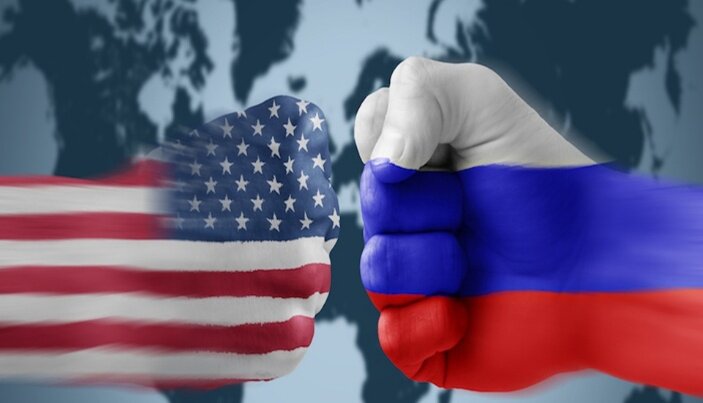
= “Saba-backlink” href = “https://www.mehrnews.com”> Mehr News Agency , International Group: In this few weeks of Donald Trump’s reliance on The US presidency is going on, the market of debate about possible Tehran-Washington talks is hot; Negotiations that have previously been indirectly launched and led to a “comprehensive agreement of the Joint Action” (Brajam), but Trump withdrew in the first term of his presidency, with Iran’s constructive cooperation unilaterally, and the most severe sanctions
Supreme Leader of the Revolution on Friday morning (February 5th) with the Air Force commanders and staff staff and the Army Air Defense Experience, using the “Two Years Negotiations and rating and short but failing to achieve “were essential, adding: The United States violated the same treaty despite its deficiencies and exited it. Therefore, negotiation with such an uninterrupted, abandoned and unquestionable with it. Style = “Text-Align: Justify”> negotiated .
In addition to the brigade, with a historical look at US commitments and treaties with other countries around the world, it can be found to be useless and even harmful to these conversations that multiple treaties have been violated and violated. Undoubtedly the US with Russia is an example of those cases.
Washington-Mask’s unnecessary military treaties
US-Russian relations and the previous Soviet Union have always been competing and in many cases violations of bilateral agreements. Since the Cold War, the two countries have signed numerous treaties, a large number of which have been violated by the United States; The treaties that will be examined in this article;
۱ Anti -ballistic missile treaty (abm) – > 1
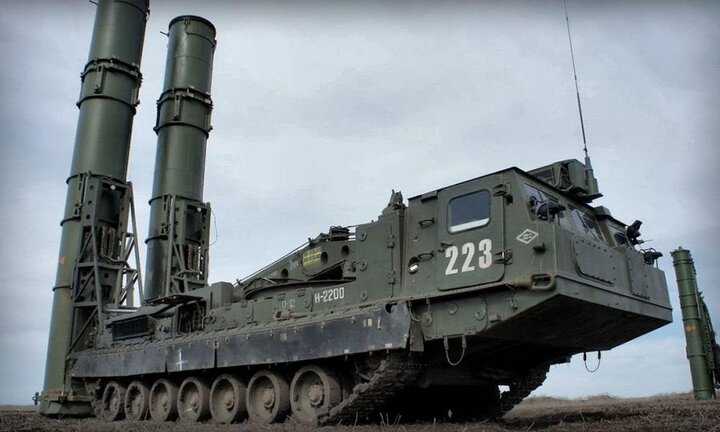
Missile Treaty Anti-Ballistic Missile (Anti-Ballistic Missile) in year 2 between the United States and Unity The Soviet Union was signed, pursuing the purpose of restricting the development and deployment of missile defense systems. The treaty specifically restricted each country to only two missile defense systems that were later reduced to one system. The main purpose of the agreement was to prevent unilateral superiority and maintain strategic balance between the two nuclear powers, as the widespread development of missile defense systems could eliminate the concept of mutual deterrence and create new arms race.
However, in year 2, George W. Bush’s government unilaterally removed the treaty, which requires the development of missile defense systems against threats. Potentially mentioned by third countries. The move led to a strong Russian reaction, as Russian authorities described the withdrawal as a violation of strategic agreements and the threat to nuclear balance. Following the move, Russia also expanded its plans to develop advanced missile systems such as supersonic systems, which intensified the arms competition between the two countries.
۱. Nuclear Missile Prohibition Treaty (INF) 1
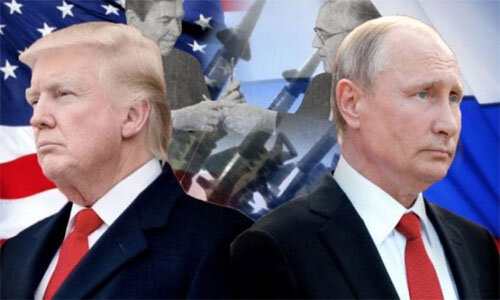
Intermediate-rang nuclear forces forces Treaty in year 2 between the United States and the Soviet Union with the aim of Elimination Ballistic and cruise missiles with a range of 1 to 2 kilometers were signed. The deal was one of the most important weapons control treaties during the Cold War, which helped reduce nuclear tensions between the two superpowers. Based on the Treaty, the two sides pledged not only to avoid producing and deploying these missiles, but also destroy existing missiles. The treaty was recognized as a turning point in reducing the arms competition between the East and the West and led to future weapons agreements such as start.
But in year 2, the Donald Trump administration announced that the United States will be out of it because of what it called by Russia. The United States claimed that Russia had developed and deployed new missiles beyond the scope of the contract, but Moscow denied the allegations, announcing that the United States had not provided any credible evidence for the claim.
US withdrawal from the treaty led Russia to declare that it would no longer adhere to its obligations. The move has raised global concerns about the return of arms competition and increased nuclear threats, as the cancellation of the treaty allowed the two countries to deploy their nuclear mid -range missiles without restrictions. Also, some experts believe that the US withdrawal from the deal was an excuse for the development and deployment of new missiles in Asia and Europe that exacerbated tensions with Russia and China. The decision had widespread consequences on international security and increased the likelihood of a new arms competition.
۱ Oral agreement on NATO expansion
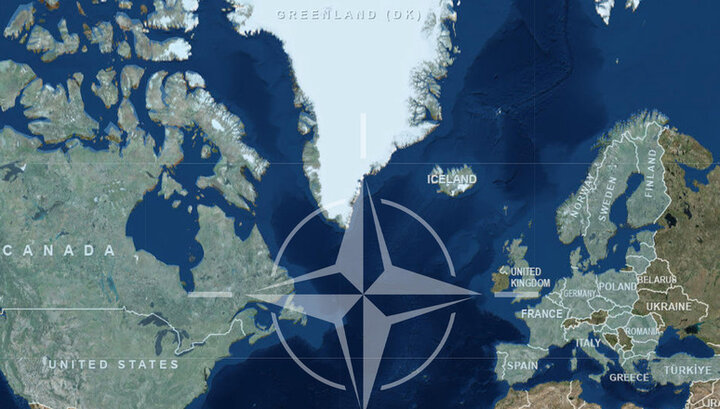
during the German re-alliance negotiations in year 2, Soviet authorities sought to obtain guarantees that NATO would not be expanded east. During the talks, then -US Secretary of State James Baker said during a meeting with Soviet leader Mikhail Gorbachev that NATO would not expand “not an inch to the east.” The commitment was repeated in other diplomatic conversations by some Western officials, prompting the Soviet Union to re -unite Germany as membership in NATO.
, but contrary to this promise, NATO has been constantly expanding to the east since the late 1980s, and Eastern European countries including Poland, Hungary, the Czech Republic and the Baltic States. They joined the military treaty. The development came as Russia repeatedly protested and described it as a violation of Western authorities’ oral obligations.
NATO expansion has been one of the key factors in tensions between Russia and the West as the current crisis of Ukraine, as Moscow views this as a direct threat to its security. Russia believes that by expanding its borders, NATO has changed the balance of power to its detriment and has provided conditions for Western military interventions in Russian -influenced areas. With all these Russian concerns, the United States still exacerbated tensions with Moscow in the last year with the accession of Sweden and Finland to NATO.
۱ Open Heavens Treaty (Ost)
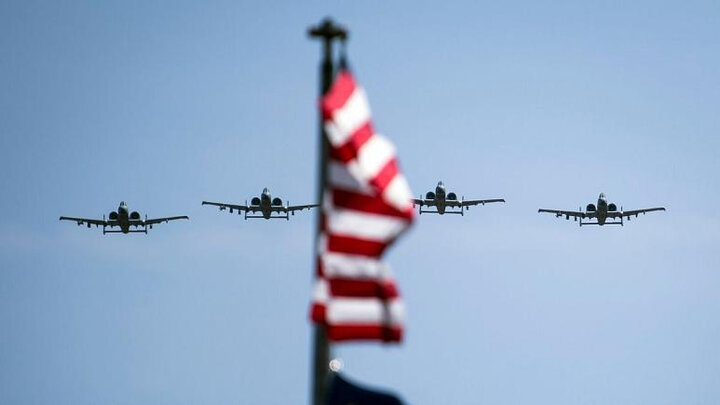
Open Skies Treaty, signed in year 6, was one of the most important international agreements to create military transparency among member states. The treaty allows signatories to conduct unarmed identification flights over each other to gather information on the movements and military activities of the other party. The main purpose of the treaty was to reduce suspicions, prevent unwanted conflicts, and build trust between countries, especially between the United States and Russia. The agreement served as a key tool for monitoring military and verification of arms control obligations and participated in more than 5 countries.
However, in year 2, Donald Trump’s government announced that the United States would leave the treaty and claim the decision to violate Russian commitments. Said. The United States claimed that Russia had imposed some restrictions on identification flights in certain areas, including around the Kaliningrad area and near Georgian borders. In contrast, Russia rejected the allegations and insisted that all oversight flights were carried out in accordance with the Treaty Regulations. According to Russian officials, US withdrawal from the treaty was a move to undermine military transparency and increase distrust among world powers. Russia also warned that the decision could lead to increased tensions and military competition.
Russia announced that if the United States did not return to the treaty, it may also be out of the deal, because attending the contract that One of its most important members is no longer committed to its implementation, it will be worthless. Finally, in year 2, Russia also decided to withdraw from the treaty, and the deal was virtually ineffective. The departure of the US and then Russia from the open skyscrapers was one of the important signs of reducing military cooperation and increasing geopolitical tensions between the two countries whose impact on international security continues.
America will also go back to NewStart?
Start Treaty (Strategic Nuclear Reduction Treaty) was first signed between the United States and the Soviet Union in year 2 and its main purpose of reducing the number of strategic nuclear weapons and preventing the number of strategic nuclear weapons from Nuclear weapons competition was greater. The treaty focused on the reduction of continental ballistic missiles (ICBMS), submarine cruise missiles (SLBMS), and strategic bombers. With the end of the Cold War and the collapse of the Soviet Union, the deal became a founder for new nuclear relations between the United States and Russia. The Start Treaty was valid by year 2 and then finished.
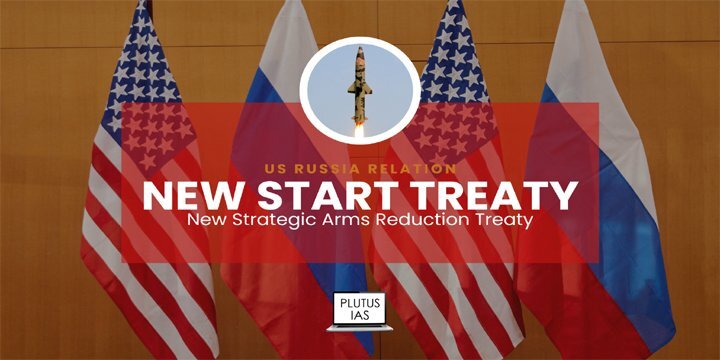
in year 2, a new treaty called New Start was signed between the US and Russia. The agreement restricts the number of strategic weapons per country to 4 nuclear warheads to continue the process of reducing nuclear weapons and reduces the number of missile launch systems to 4. The treaty also includes significant measures for transparency and supervision, including periodic inspections of the two countries’ nuclear facilities. New Start was designed to boost strategic stability and prevent the dangers of post -Cold War nuclear war.
America has not excluded from the New Start Treaty to date, and this treaty is valid by year 4, unless renewal or changes. However, US -Russian relations have become more complex in recent years, and in various periods, some US officials have threatened to exit the treaty or reduce commitments.
Endowment
America has repeatedly left or violated their bilateral agreements with Russia. These measures have not only led to the intensification of arms competition and increased mistrust between the two countries, but also raised wider global concerns about the future of international security.
samples such as exit from the anti-flop and the nuclear missile contractor that directly They have influenced the nuclear balance and strategic security between the two superpowers, as well as the NATO expansion promised to expand it to the East, are only part of the serious challenges in the US -Russian relations. This situation has not only led to new weapons competition, but it has created deeper dissatisfaction and gaps among the big countries.
Finally, these trends can lead to a more unstable and more dangerous world, because international relations are based on common trust and commitments and their violations can be violated. Lose global stability and return to cold and stressful competitions.
Now with this thickening case, the question comes to the question that with the United States, especially Trump, but not only of the Brajam but of various treaties with Russia, such as the open skies treaty And also the ban on nuclear missiles came out, how can a win-win agree?


